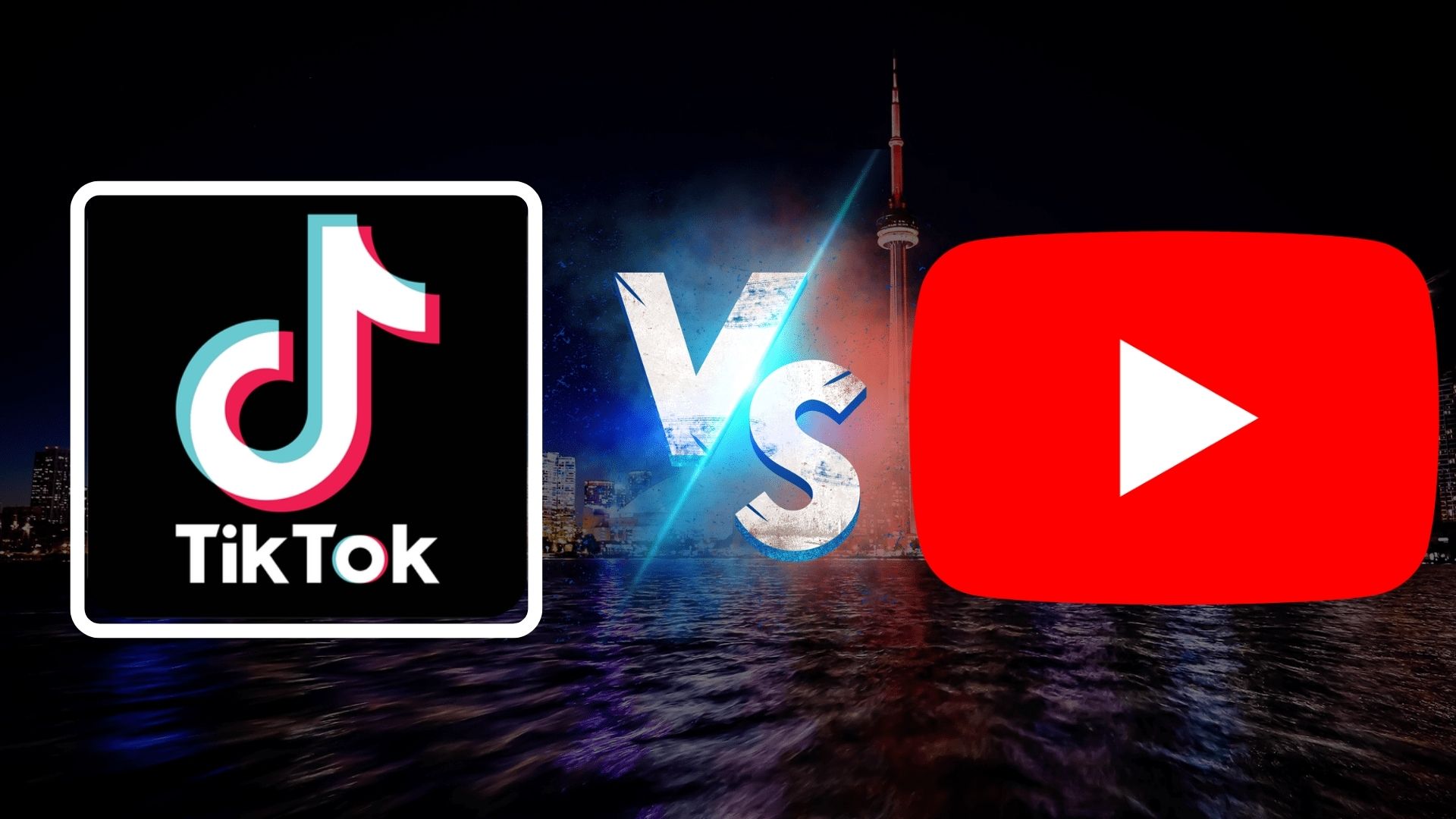In the realm of social media, two giants stand tall: TikTok and YouTube. Each platform boasts immense popularity and influence, captivating millions of users worldwide. As creators and consumers flock to these platforms, a fierce competition arises – TikTok vs YouTube. In this article, we delve into the intricacies of both platforms, examining their features, user demographics, and the ongoing battle for dominance.
Understanding TikTok
TikTok burst onto the scene in 2016, quickly becoming a cultural phenomenon. Its appeal lies in its short-form video format, allowing users to create and share content in bite-sized snippets, ranging from 15 to 60 seconds. With its user-friendly interface and powerful editing tools, TikTok empowers creators to unleash their creativity and engage with a global audience.
One of TikTok’s defining features is its algorithm, which utilizes machine learning to personalize the content feed for each user. This algorithm analyzes user behavior, preferences, and interactions to serve up an endless stream of videos tailored to individual tastes. This addictive algorithmic feed keeps users hooked, fostering a sense of discovery and serendipity as they scroll through their feeds.
TikTok’s user base skews towards a younger demographic, with a significant portion of users being teenagers and young adults. This demographic gravitates towards TikTok’s trendy challenges, dance crazes, and viral memes, creating a vibrant and dynamic ecosystem of content.
Unraveling YouTube
In contrast, YouTube stands as the veteran of the online video world, having been founded in 2005. Over the years, YouTube has evolved from a simple video-sharing platform to a sprawling hub of content encompassing tutorials, vlogs, music videos, documentaries, and more. With over two billion logged-in users each month, YouTube remains a cornerstone of online entertainment and education.
YouTube’s strength lies in its vast and diverse content library, catering to virtually every interest and niche imaginable. From educational channels teaching obscure skills to entertainment channels hosting blockbuster productions, YouTube offers something for everyone. Its recommendation algorithm, while less personalized than TikTok’s, still plays a crucial role in surfacing relevant content and keeping users engaged.
Unlike TikTok, YouTube appeals to a broader demographic, spanning across age groups and interests. While younger users flock to YouTube for entertainment, older audiences gravitate towards educational content, news updates, and how-to guides. This broad appeal has helped YouTube solidify its position as a go-to destination for both creators and consumers alike.
The Battle for Dominance
As TikTok and YouTube vie for supremacy, they find themselves locked in a battle for user attention, engagement, and ad revenue. Both platforms continuously roll out new features and updates in a bid to outdo each other and stay ahead of the curve.
TikTok has made significant strides in enhancing its monetization options for creators, introducing features such as TikTok Creator Fund, brand partnerships, and virtual gifts. These initiatives enable creators to earn a livelihood from their content, incentivizing them to produce high-quality videos and invest more time and effort into the platform.
YouTube, on the other hand, boasts a more mature and established monetization ecosystem, with options such as ad revenue sharing, channel memberships, Super Chats, and merchandise shelf. While YouTube’s monetization requirements may be more stringent compared to TikTok, the potential for earning substantial income remains a driving force for creators to thrive on the platform.
In terms of advertising, both TikTok and YouTube offer powerful marketing opportunities for brands looking to reach their target audience. TikTok’s immersive and interactive ad formats, such as In-Feed Ads, Branded Hashtag Challenges, and TopView Ads, enable brands to engage with users in creative ways. Similarly, YouTube’s TrueView Ads, Pre-roll Ads, and Sponsored Cards allow brands to capture viewers’ attention and drive action effectively.
The Future of Video
As we look towards the future, the battle TikTok vs YouTube shows no signs of slowing down. With both platforms constantly innovating and adapting to changing trends and user preferences, the competition is fiercer than ever.
While TikTok continues to dominate the short-form video space, YouTube remains a formidable force with its expansive content library and loyal user base. The key to success for both platforms lies in their ability to evolve with the times, embrace emerging technologies, and stay attuned to the needs of creators and consumers alike.
See Also – Instagram vs Facebook
Conclusion
Whether you’re a creator seeking to build a following or a consumer looking for entertainment and inspiration, the choice TikTok vs YouTube ultimately comes down to personal preference. Each platform offers its own unique set of features, content, and community, enriching the digital landscape and shaping the future of online video. As the battle rages on, one thing is certain – the world of social media will never be the same again.

